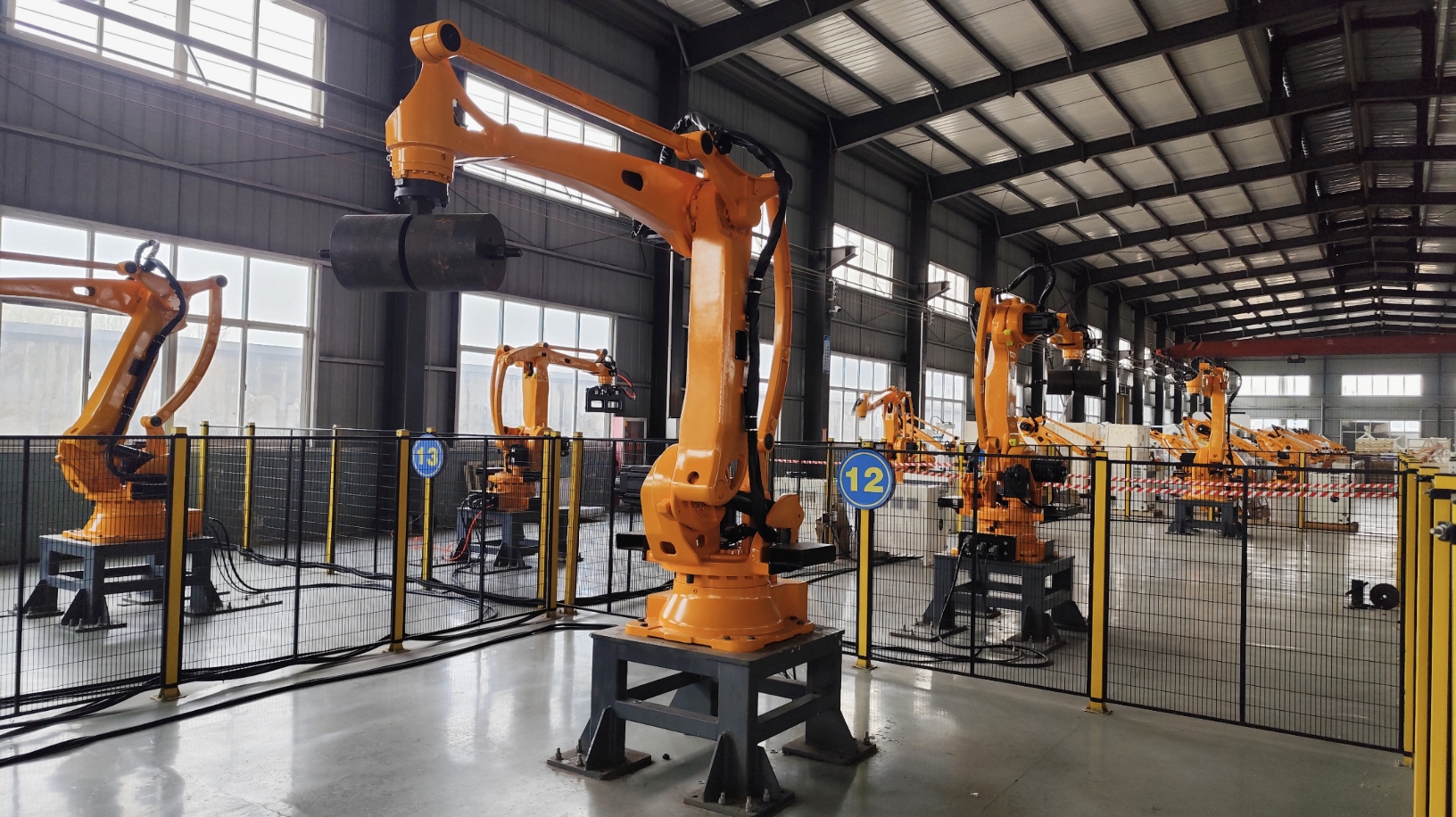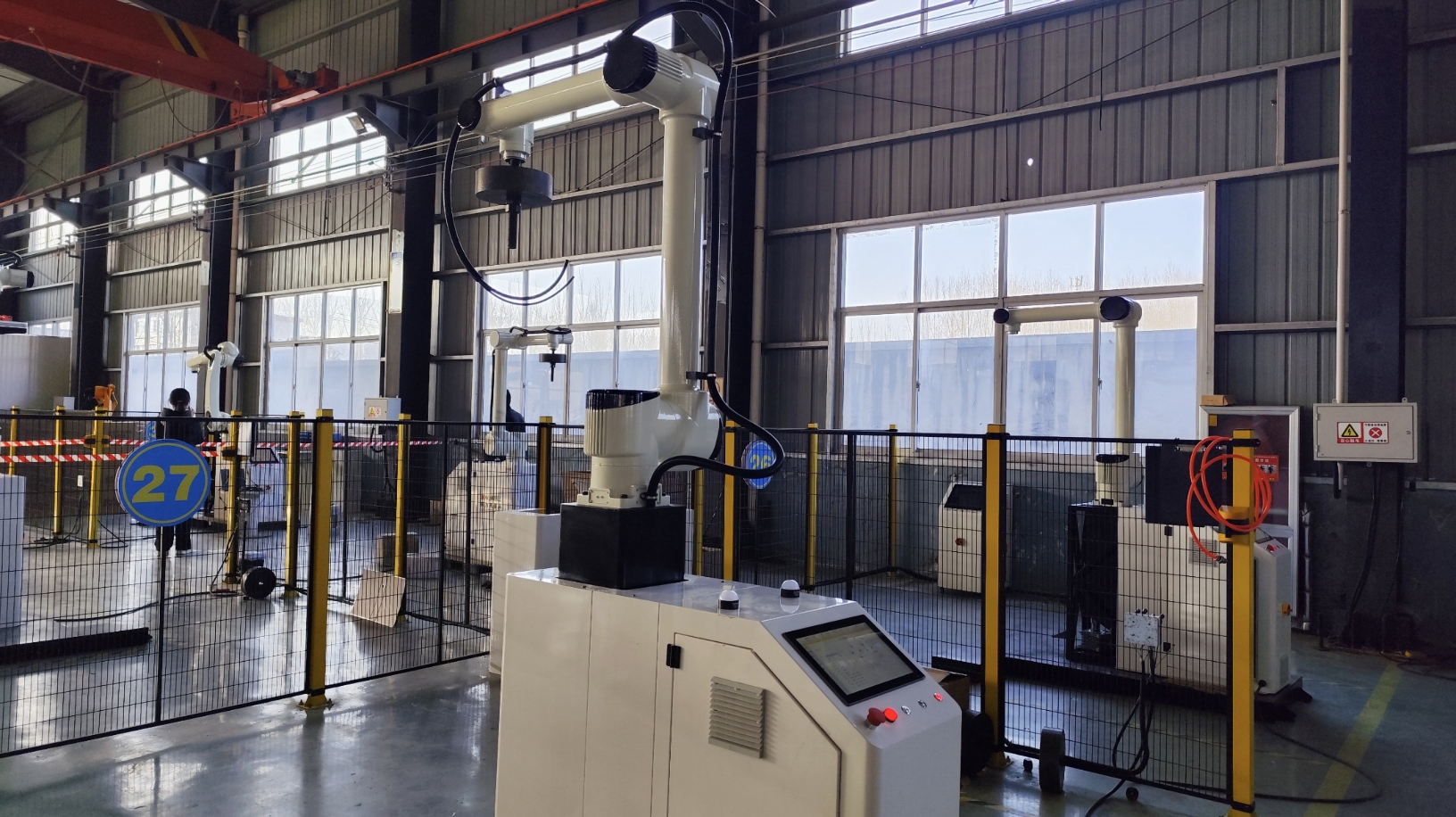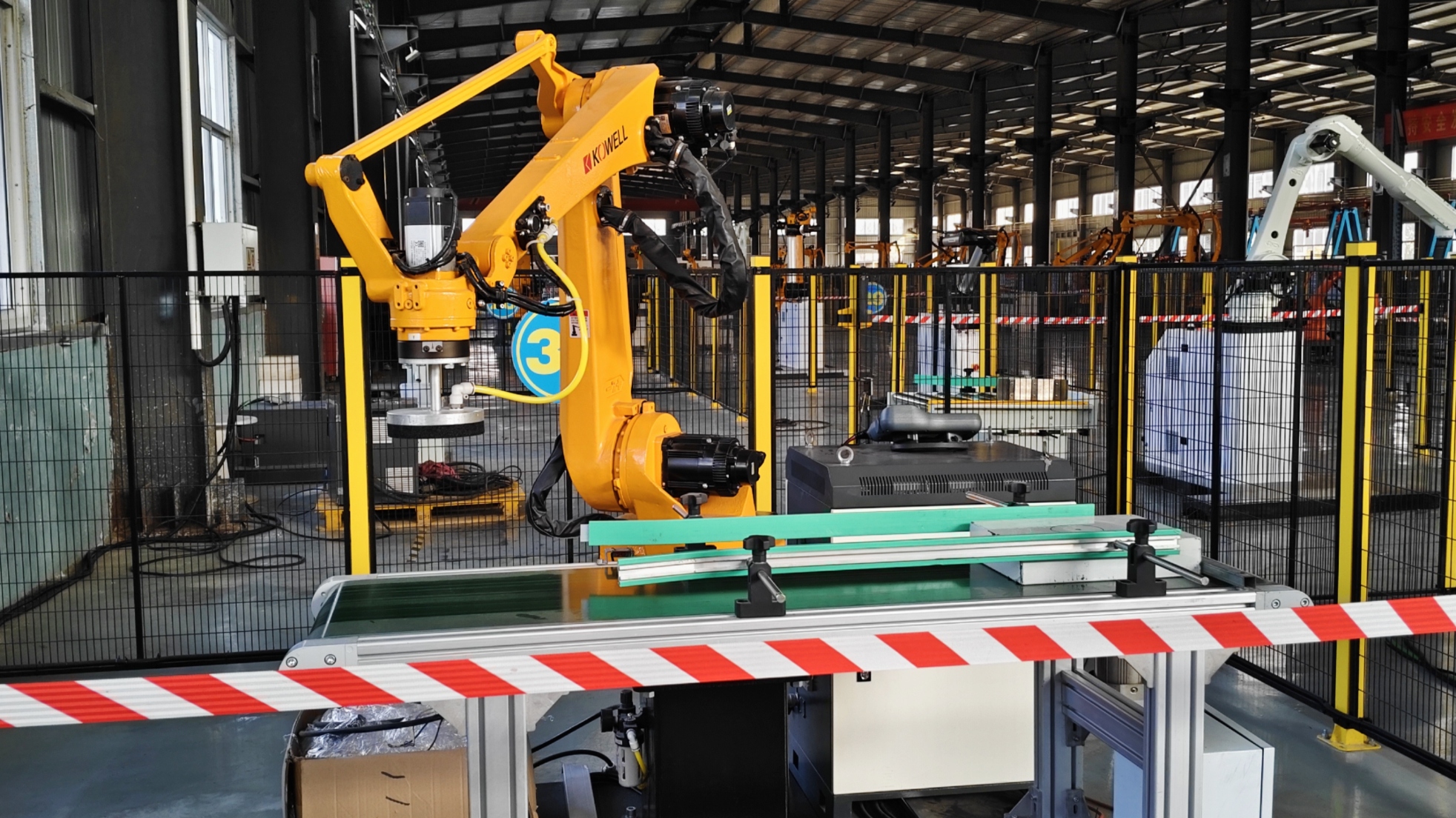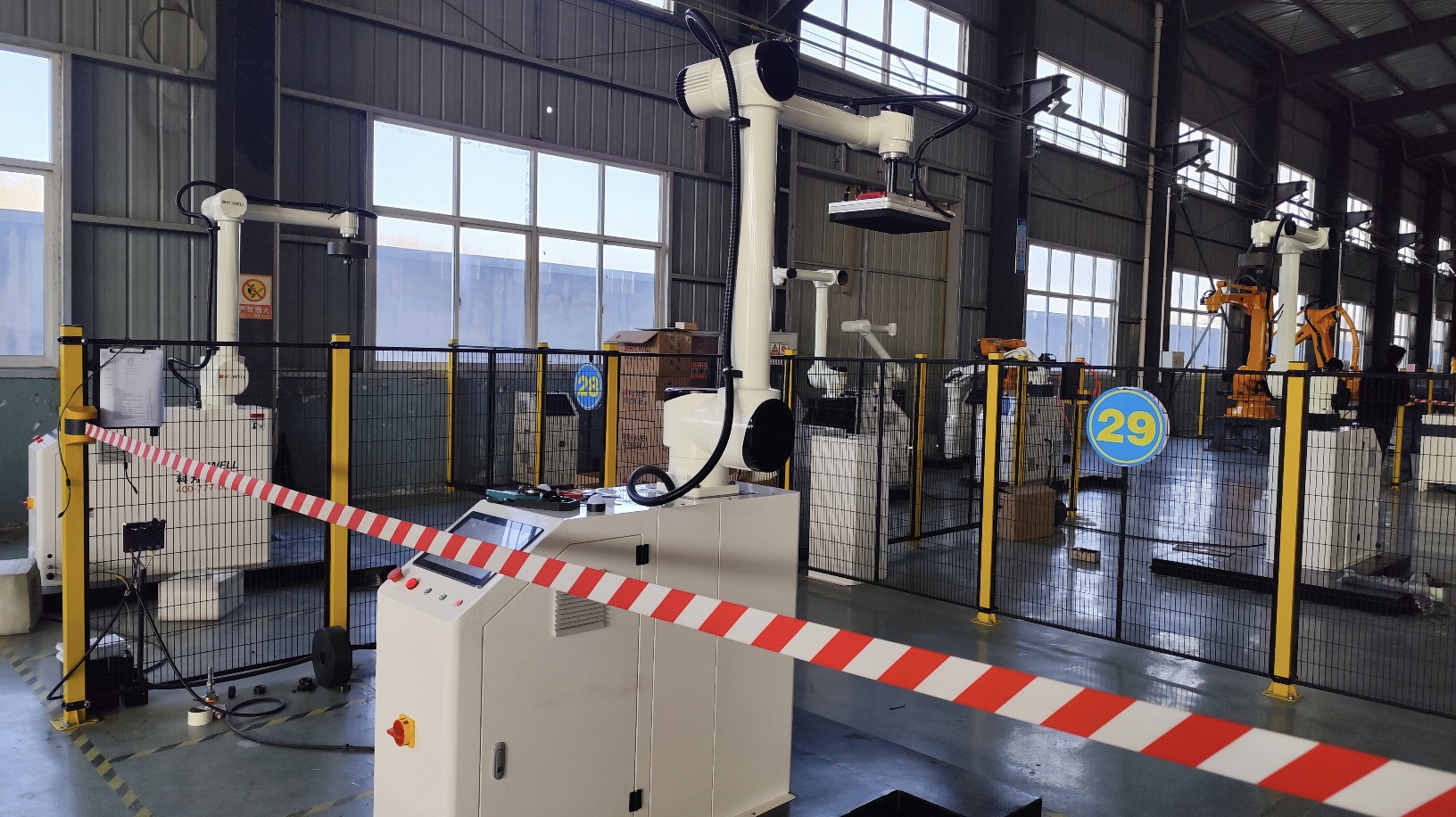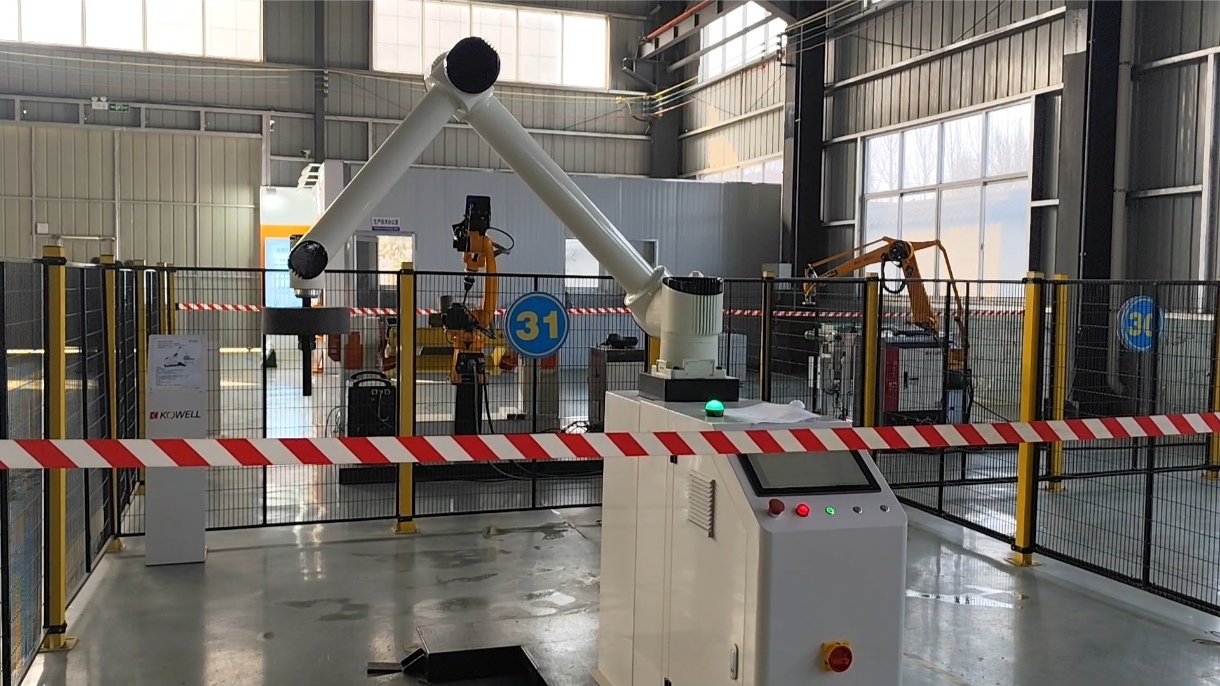Industrial manufacturing is at the forefront of a new round of changes, and traditional production models are being reshaped by industrial intelligent equipment. In the past, manufacturing companies relied on large-scale assembly line production, with efficiency and cost control as the core. Today, with the rise of industrial intelligent equipment, production methods are no longer limited to fixed processes, and factories are beginning to develop in the direction of flexibility and intelligence, forming a new manufacturing logic.
From fixed to flexible: the evolution of production lines
The traditional assembly line production method emphasizes standardization, each process has a fixed execution method, and the equipment runs according to the preset program. The application of industrial robotic arms has improved the level of automation to a certain extent, but early robotic arms can only perform simple preset tasks and are difficult to adapt to the ever-changing production needs.
Today's industrial intelligent equipment is breaking through this limitation. New-era robotic arms are usually equipped with high-tech technologies such as sensors, which can sense environmental changes and adjust their movements based on their own characteristics. In the task switching of product production lines of different specifications, the robotic arm responds quickly and achieves a stable production rhythm based on system control without additional human intervention. This flexibility makes the production line no longer just a fixed process, but also a "smart partner" that can be dynamically adjusted.
From single to collaborative: interconnected collaboration of intelligent equipment
In the past, the equipment in the factory was often "single-soldier combat", each machine operated according to its own instructions, lacking overall collaborative capabilities. The information transmission in the production process mainly relies on manual labor, which is prone to response delays and waste of resources.
With the advancement of Industry 4.0, industrial intelligent equipment is interconnected, and various types of automated equipment tasks are coordinated. On the same production line, industrial robotic arms and automatic conveying systems are seamlessly connected. When the material arrives at the designated location, the robotic arm adjusts its movement for handling or palletizing. The efficient collaboration between various types of equipment makes the production process smoother and more complete, while reducing waiting time and errors while improving the production efficiency of the entire production line.
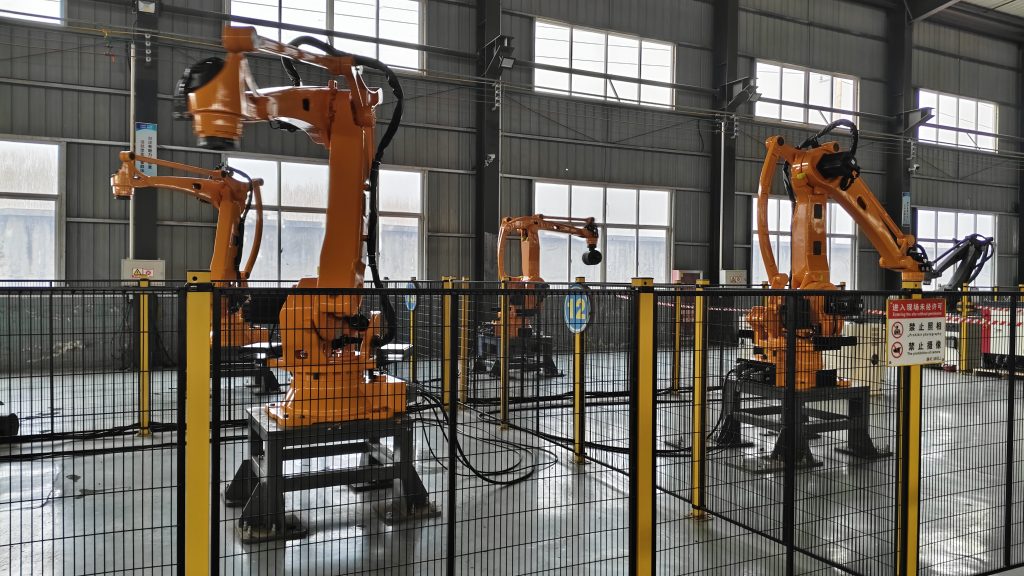
From rigid production to flexible manufacturing: customized production becomes possible
In the past, traditional factories usually aimed at mass production, and the production line cost was high. Small-batch customized production was difficult to achieve and the cost was high. Many small and medium-sized enterprises could not afford the high initial investment cost. Now, with the development of industrial intelligent equipment, flexible manufacturing has become possible.
Intelligent robotic arms, automated transmission equipment, etc. can work together based on production needs to quickly switch between tasks to meet various production needs. For example, industrial robotic arms can replace the end effector in a short time. In accordance with the processing needs of different types of products, the automated transmission equipment conveys the products that need to be transported and stacked to the designated position, and then the robotic arm transfers them to the appropriate position for the next operation. This flexible manufacturing capability enables enterprises to quickly adjust production lines according to market demand, improve order response speed, and enhance enterprise competitiveness.
Future Outlook: How Industrial Intelligent Equipment Shapes a New Pattern of Manufacturing
The factory of the future will no longer be a "production line" in the traditional sense, but a highly intelligent "manufacturing ecosystem". In this ecosystem, industrial intelligent equipment is not only an execution tool, but also a production partner with learning and adaptability.
With the continuous development of technology, the autonomous learning ability of industrial intelligent equipment will be further enhanced, and the production process will be more intelligent. For example, the future robotic arm may be able to continuously optimize the action path and improve efficiency by analyzing past operation data; the intelligent scheduling system can predict production needs, adjust the equipment operation status in advance, and avoid resource waste.
Conclusion
Industrial intelligent equipment is reshaping the logic of manufacturing, allowing factories to evolve from a rigid, fixed production model to a flexible, intelligent one. This change not only improves production efficiency, but also enables companies to have stronger market adaptability. From single execution to autonomous decision-making, from single-soldier combat to collaborative cooperation, the upgrade of industrial intelligent equipment makes future factories more competitive. In this manufacturing revolution, those companies that can take the lead in embracing intelligent transformation will gain an advantage in the global manufacturing competition.
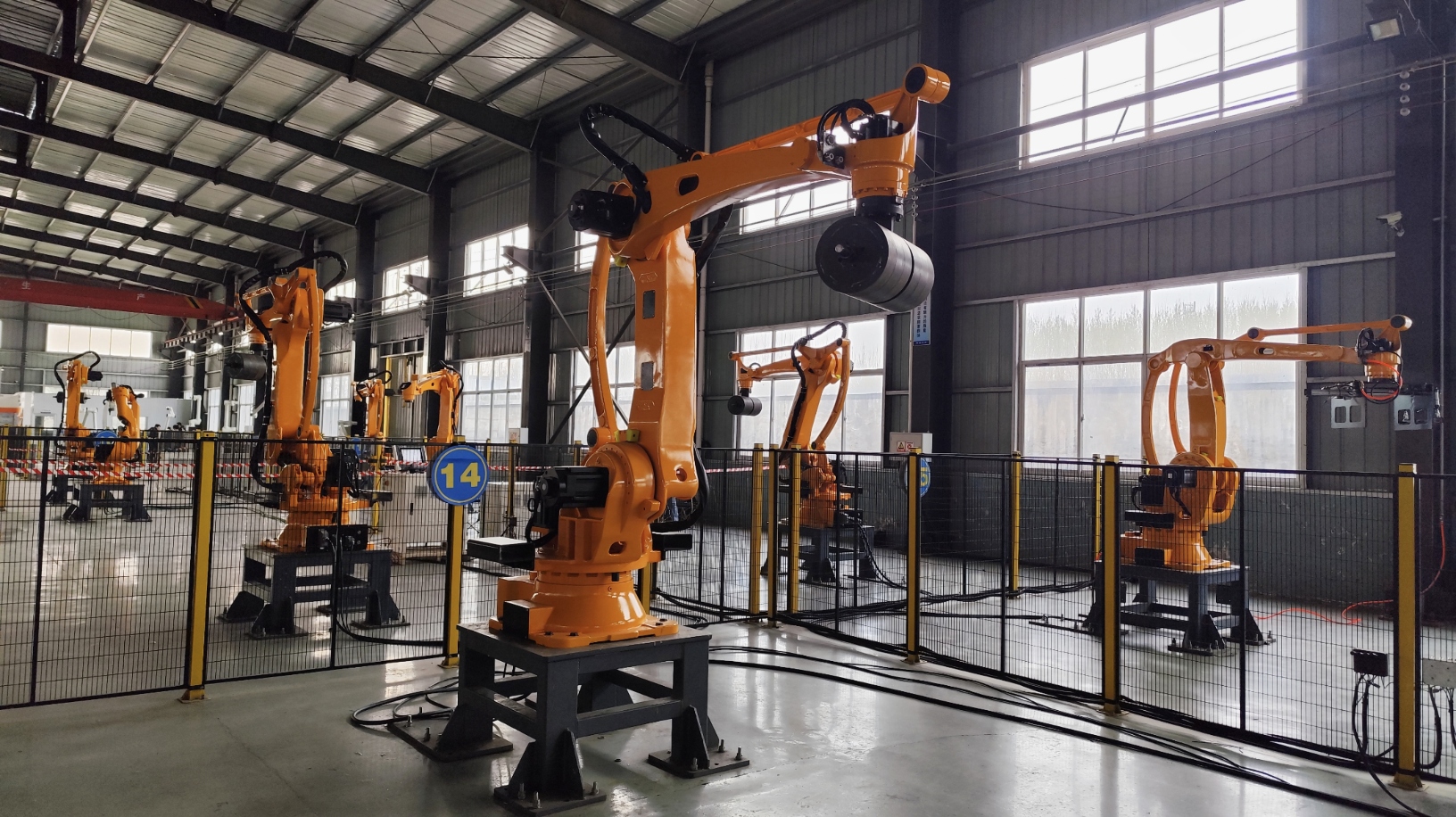
Online Consultation
Hello, the current customer service is offline. You can leave your contact information and the staff will respond to you as soon as possible!


